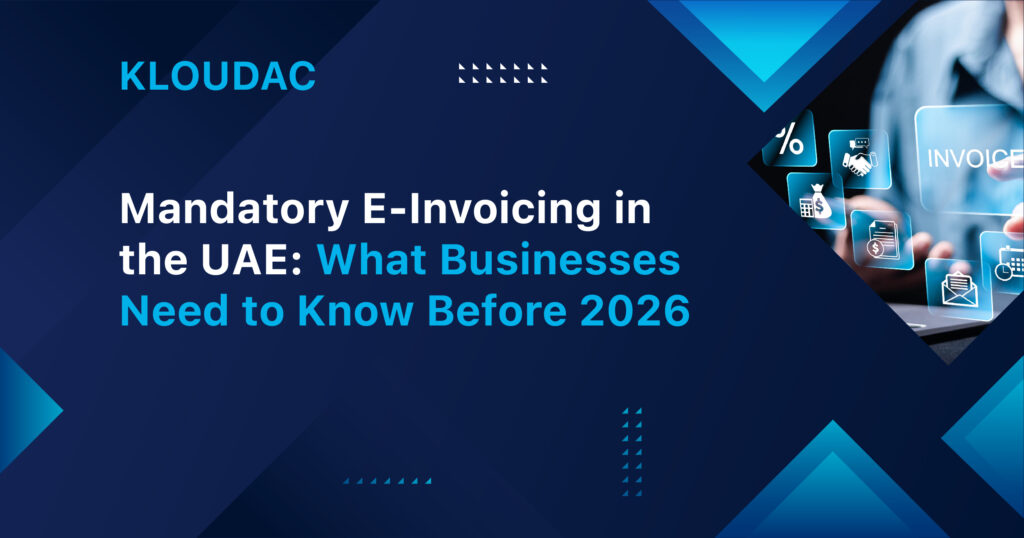The UAE Ministry of Finance has announced the implementation of mandatory e-invoicing for B2B and B2G transactions, scheduled to go live by July 2026. This shift aims to upgrade the country’s tax infrastructure, improve transparency, and reduce compliance burdens through automation. To stay compliant, businesses must understand how this new system works and begin preparing early.
What Is E-Invoicing?
E-invoicing refers to the digital generation, exchange, and archiving of invoices in a structured electronic format (like XML). Unlike paper or unstructured PDFs, e-invoices are processed through government-approved systems and sent directly to the Federal Tax Authority (FTA) for real-time validation and reporting.
Implementation Roadmap: Key Milestones
The UAE’s e-invoicing rollout will happen in three main phases.
- Phase 1 is expected to begin in Q4 2024, when the government will start accrediting Approved Service Providers.
- Phase 2 will follow in Q2 2025, with the release of formal legislation, technical documentation, and system specifications for e-invoicing compliance.
- Phase 3, the final stage, is scheduled for July 2026, when e-invoicing will become mandatory for all VAT-registered businesses involved in B2B and B2G transactions.
Why This Matters to Your Business
- Prevents compliance penalties from delayed reporting
- Streamlines invoicing workflows through automation
- Reduces fraud and invoice disputes
- Aligns with global standards like the Peppol model
5 Steps to Prepare for E-Invoicing
- Audit Your Current Invoicing System
Can your system generate structured invoice files? If not, begin your digital upgrade. - Select a Compliant Technology Partner
Choose an accredited provider who understands both UAE VAT laws and e-invoicing integration. - Train Internal Teams
Ensure your finance and operations teams understand the new invoicing process and reporting flow. - Align with VAT Compliance Standards
Check whether your tax entries, invoice formats, and data fields match FTA requirements. - Stay Updated via Official Channels
Regularly check updates from the FTA or the Ministry of Finance regarding implementation changes.
How KLOUDAC Can Help with E-Invoicing
KLOUDAC helps businesses get ready for the UAE’s upcoming e-invoicing system. Our team will review your current invoicing process, set up the tools needed to meet the new format, and make sure everything is in line with VAT rules. They also offer continued support to keep your business running smoothly during and after the change.
